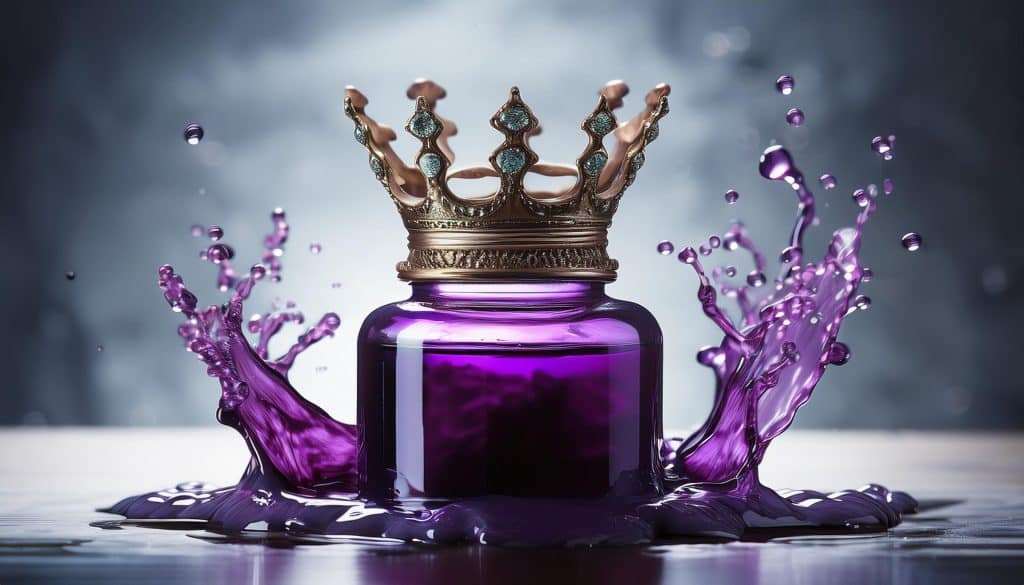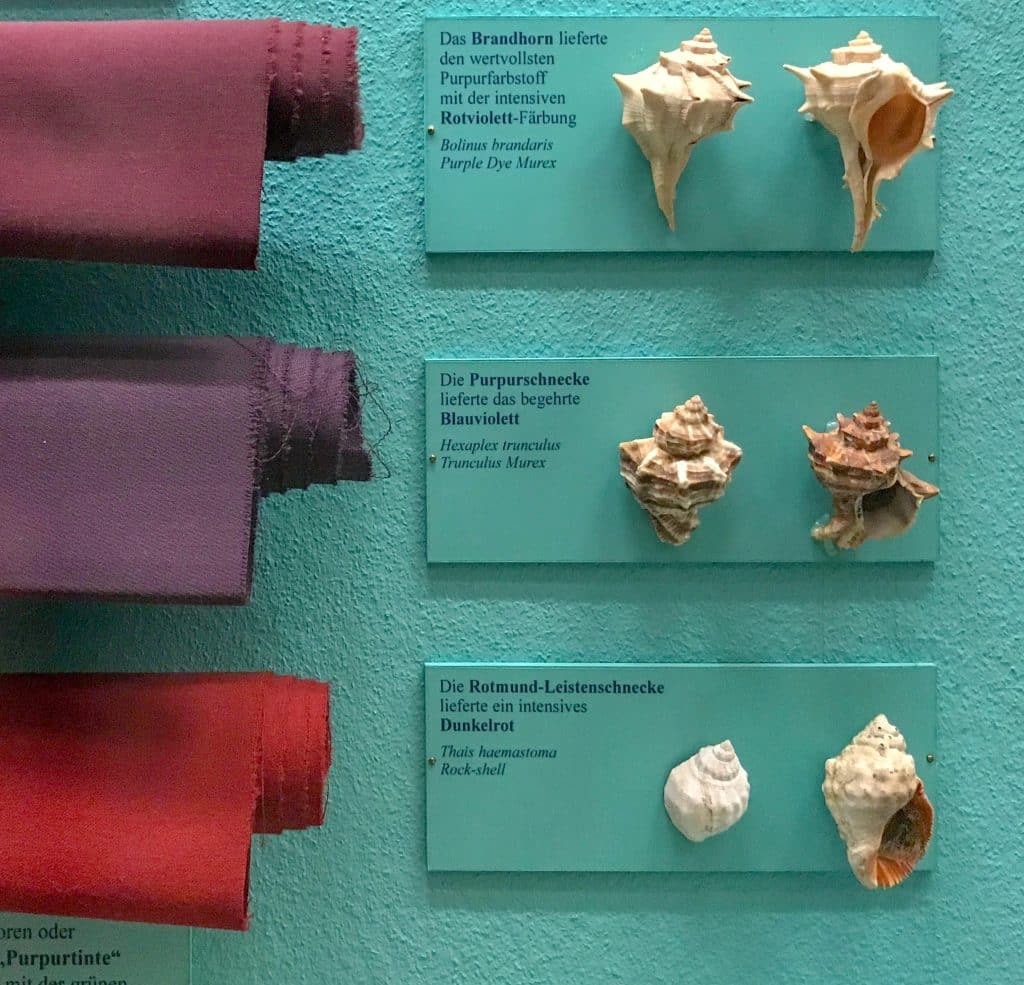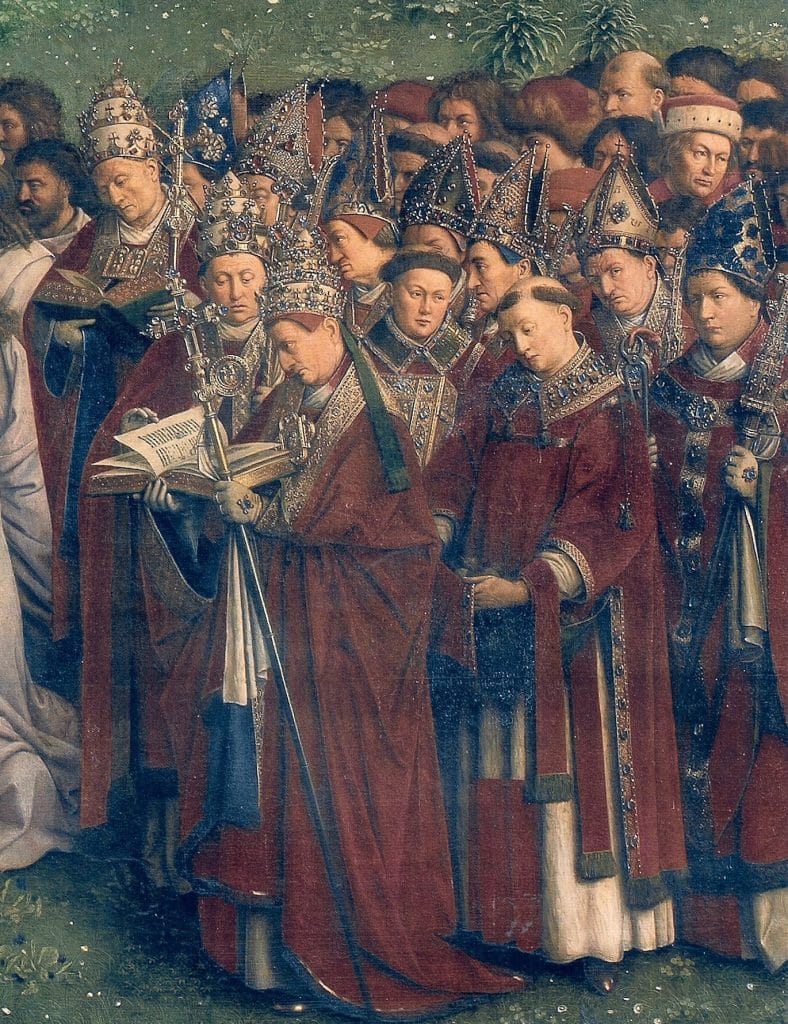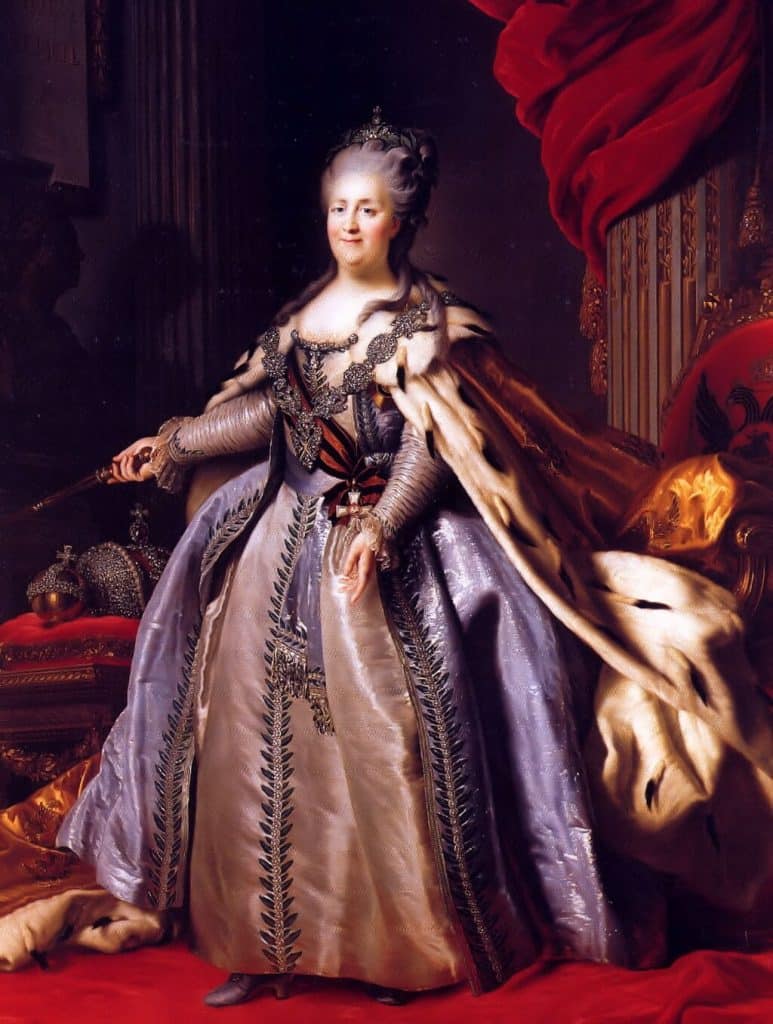The History of Purple Dye – Ancient Royalty to Modern Day

The Birth of Purple Dye: Tyrian Purple
Once upon a time if you wore purple it meant you were one of the richest people in the world.
From ancient times to the modern era, purple has always been one of the most prized colors in human history.
So where did the first purple dye come from?
The earliest recorded use of purple dye was found to have originated back in the 15th century BCE in a city called Tyre on the coast of Ancient Phoenicia, (now Lebanon) on the Mediterranean Sea.
Tyrian purple was named after the city where this dye was made “Tyre” which also happened to be one of Phoenicia’s key trading centers.

Tyrian purple dye was not easy to make. It wasn’t like it was made from berries or crushed flowers, nope it was way more complex than that. It was extracted from the mucus of spiny murex sea snails (Murex Brandaris). It was incredibly labor-intensive and it was a very expensive process.
It took thousands of these spiny dye-murex snails to produce just one ounce of dye, which is why it was worth more than gold at times. So of course, only the wealthiest could afford this color and more importantly, (when it was worn by them) it set them apart from the lowly peasants.
This insane process involved: collecting thousands and thousands of spiny murex sea snails, cracking them open, removing the snail and then leaving them to soak.
After that, the snails were then sliced open and a tiny gland was removed. The gland was squeezed until the juice was released from the gland into a basin and then placed it in the sunlight – ewww!
After some unknown amount of time in the sun, the liquid would turn white. From there it turned yellow-green, then green, violet, and finally a red that continued to darken. In order to obtain the desired color, the process had to be stopped at precisely the right time.
It makes me wonder who figured this out. Were they eating snails, got some on their clothes and noticed a red stain? Honestly, how did they figure out the snail’s gland was what held the “special juice”? And then of all things, to put it in the sun where it turned white and eventually into other colors. Who did that? That’s just crazy. ANYway…
Did you know that the first purple “dye” was actually more of a reddish-brown color than the variety of purples that we have today? They referred to it as “clotted blood”.
Depending on where these snails came from, the shades of Tyrian purple ranged from a reddish-brown, to bluish purple to deep purple. The shells coming from northern waters made a more bluish color than the ones found in the south which were more reddish.

Image: Cloth Dyed from Different Murex Sea Snails
Purple as a Status Symbol
Tyrian purple became a symbol of wealth and status. In Roman times, the color was so revered that it became a symbol of imperial authority.

Only emperors, high-ranking officials, and some members of the elite were allowed to wear garments dyed in Tyrian purple. That was until the Roman Emperor Nero (54 AD -68 AD) famously forbade anyone (other than the emperor) to wear the color, under penalty of death.
In Byzantine times (330 AD to 1453 AD) purple was even more strongly associated with royalty and high ranking clergy. The term “born to the purple” referred to Byzantine emperors born during the reign of their fathers, meaning they were legitimate heirs.

Image: Ghent Altarpiece Popes and Bishops painted by Jan van Eyck – 1422
The Decline of Tyrian Purple
With the fall of the Roman Empire (around 476 AD) and the destruction of the Phoenician cities, the production of Tyrian purple declined. By the end of the Byzantine period, the technique was nearly forgotten, and Tyrian purple faded from use in Europe.
Eventually, medieval European monarchs turned to other sources for purple dyes, but none could match the brilliance or the status of Tyrian purple. The unique thing about Tyrian purple was its ability to retain its color over time, even becoming brighter with age rather than fading.

Image: Catherine the Great of Russia 1780’s
The Invention of Mauveine: Purple’s Renaissance
Purple made a significant comeback in 1856, thanks to a chance discovery by a British chemist named William Henry Perkin when he was 18 years old. (much younger than the photo of him below of course).

Image: William Henry Perkin – Inventor of Mauveine
While William Perkin was attempting to create synthetic quinine to treat malaria, he accidentally discovered the first synthetic dye which resulted in a much more vivid shade of purple (as seen in the bow-tie below).
Perkin’s invention of “mauveine” was a turning point for purple making it accessible to people outside of royalty. The color quickly became fashionable among the European elite and helped usher in a new age of synthetic dyes.

Image: Charles Rees wears a bow-tie dyed with an original sample of Mauveine.
Purple in Modern Times
Today, purple is a color for everybody, and yet it still retains its association with luxury, creativity, and spirituality. These days, purple dyes are synthetic and can be produced easily and affordably in thousands of hues and shades – no snails necessary – whew!

This fabulous color has been embraced by modern artists, fashion designers, and everyday people. Its journey from the ancient shores of Phoenicia continuing to the present day, is a testament to its timeless appeal.
And so…
Purple remains one of the most enchanting colors in human history. Whether in the robes of Roman emperors, or the fabrics of modern haute couture, purple continues to symbolize power, creativity, and sophistication.
Views: 183
